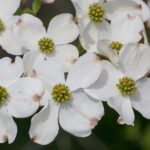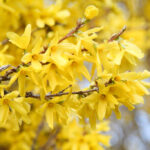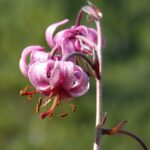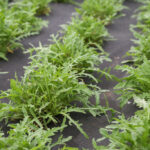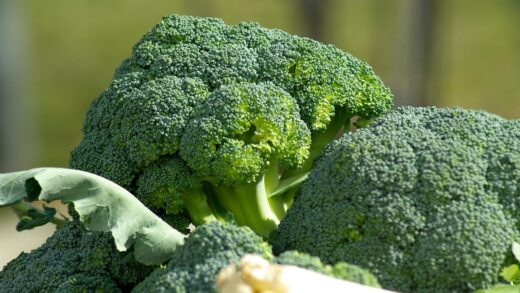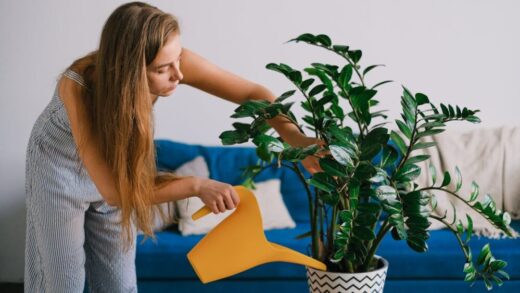Light requirements of the slender parrot leaf

The intensity and duration of light that a slender parrot leaf receives are arguably the most critical factors influencing its appearance and overall health. This plant is celebrated for its brilliantly colored foliage, which can range from deep burgundies and vibrant reds to bright pinks and chartreuse greens. These stunning colors are not a static feature; they are a direct and dynamic response to the quality of the light in its environment. Understanding and providing the optimal light conditions is therefore paramount for any gardener wishing to cultivate this plant to its full ornamental potential. Insufficient light will result in a plant that is a pale, lackluster version of what it could be.
The relationship between light and foliage color is a fundamental aspect of the plant’s biology. The pigments responsible for the vibrant hues, known as anthocyanins, are produced in greater quantities when the plant is exposed to bright light. This is, in part, a protective mechanism, shielding the delicate leaf tissues from potential damage from intense sunlight. For the gardener, this means that maximizing light exposure is the key to maximizing color. However, there is a fine balance to be struck, as excessive, scorching sun in very hot climates can sometimes cause bleaching or stress.
The ideal light exposure can also vary depending on whether the plant is grown outdoors in a garden bed, in a container, or indoors as a houseplant. Each of these settings presents a different set of lighting conditions that must be managed to suit the plant’s needs. An outdoor plant in a temperate climate might thrive in full, all-day sun, while the same plant in a hot, arid region may require some afternoon shade. An indoor plant, by contrast, will need the absolute brightest location available to even come close to achieving the color intensity of its outdoor counterparts.
Recognizing the signs of both too much and too little light is a crucial skill. The plant will clearly communicate its needs through the color and posture of its leaves. By learning to interpret these signals, you can make the necessary adjustments to its location and ensure it is receiving the perfect amount of light to fuel its growth and produce the spectacular foliage for which it is so highly valued.
The role of sunlight in foliage coloration
The vibrant and varied colors of the slender parrot leaf are its primary ornamental feature, and sunlight is the artist’s brush that brings these colors to life. The leaves of this plant contain various pigments, including chlorophyll (which is green) and carotenoids (which are yellow and orange). However, the most significant pigments for its spectacular appearance are the anthocyanins, which are responsible for the shades of red, purple, and pink. The production of these anthocyanin pigments is highly dependent on light exposure. In low light conditions, chlorophyll production dominates, and the leaves will often appear predominantly green or have very dull, muted colors.
More articles on this topic
When the plant is exposed to bright, direct sunlight, it ramps up the production of anthocyanins. These pigments act as a natural sunscreen, protecting the delicate cells within the leaf from the potentially damaging effects of high-intensity ultraviolet (UV) radiation. This is why the colors become so much more intense and vibrant when the plant is grown in a sunny location. The increased light energy essentially signals the plant to create more of these protective pigments, with the fortunate side effect for the gardener being a more dramatic and beautiful visual display.
This light-dependent coloration means that the appearance of a single plant can change dramatically throughout the season or if it is moved to a different location. A plant that was a dull bronze or muddy purple when purchased from a shaded section of a nursery can transform into a brilliant ruby red after just a few weeks in a sunny spot in the garden. This dynamic quality is one of the most fascinating aspects of growing the slender parrot leaf. It also means that to maintain the best color, you must consistently provide high light levels.
It is important to note that while bright light is essential, the transition to it must be gradual. A plant that has been grown in lower light conditions, such as indoors or in a shady greenhouse, cannot be moved directly into intense, all-day sun without consequence. Its leaves will not have had time to produce the necessary protective pigments and will be highly susceptible to sunburn, which appears as white or brown scorched patches on the foliage. Therefore, any change to a significantly brighter location must be done over a period of a week or more, a process known as hardening off.
Ideal light exposure: indoors and outdoors
When grown outdoors, the slender parrot leaf generally performs best and achieves its most brilliant coloration in a location that receives full sun. In most temperate climates, this means providing at least six to eight hours of direct sunlight per day. This amount of light exposure fuels the high level of photosynthesis and pigment production needed for the plant to thrive and display its characteristic deep reds, purples, and variegated patterns. For gardeners in cooler northern latitudes, maximizing sun exposure is the key to getting a truly spectacular performance from this heat-loving plant.
More articles on this topic
However, in regions with very hot and intense summer sun, such as desert climates or subtropical areas, some consideration should be given to providing partial shade, particularly during the hottest part of the afternoon. While the plant is heat-tolerant, the combination of extreme heat and relentless, scorching sun can sometimes lead to leaf bleaching or sunscald, where the colors appear washed out or the leaf tissue is damaged. In these climates, an ideal location might be one that receives direct sun in the morning and bright, dappled, or indirect light during the harsh afternoon hours.
When the slender parrot leaf is brought indoors to be grown as a houseplant, providing adequate light becomes the single greatest challenge. Standard indoor room lighting is nowhere near sufficient. To have any chance of maintaining good color and a compact form, the plant must be placed in the brightest possible spot in your home. This typically means directly in front of an unobstructed south-facing window (in the Northern Hemisphere). This location provides the most intense and longest duration of light available indoors.
If a prime south-facing window is not available, an east or west-facing window can be the next best option. An east-facing window provides several hours of cool, direct morning sun, while a west-facing window offers more intense afternoon sun. In either case, the plant should be placed as close to the window as possible. If natural light is insufficient, supplementing with a grow light is not just a suggestion but a necessity. Without very bright light, an indoor slender parrot leaf will inevitably lose its vibrant colors, turn mostly green, and become weak and leggy as it stretches in a futile search for more light.
Symptoms of inadequate and excessive light
The slender parrot leaf provides very clear visual feedback when its lighting conditions are not optimal. The most common problem, especially for plants grown indoors, is inadequate light. The most obvious symptom of this is a loss of color. A plant that should be a deep burgundy or vibrant pink will revert to a dull green or a muddy brownish hue. The variegation on patterned cultivars will fade, and the plant will lose the very characteristic that makes it so desirable. This color loss is a direct result of the plant reducing its production of anthocyanin pigments and increasing its chlorophyll content to maximize energy capture from the limited light available.
Another classic sign of insufficient light is etiolation, commonly known as legginess. The plant will begin to stretch towards the available light source, resulting in stems that are abnormally long and weak. The spacing between the leaves on the stem, known as the internodal distance, will increase significantly, giving the plant a sparse, spindly, and unattractive appearance. The new leaves that are produced may also be smaller than normal. This stretching is the plant’s desperate attempt to position its leaves where they can receive more light for photosynthesis.
While less common, it is also possible for the slender parrot leaf to receive too much light, particularly when combined with intense heat. The primary symptom of excessive light exposure is sunscald or bleaching. This can manifest as pale, washed-out colors, where a deep red leaf might appear a pale pinkish-white. In more severe cases, you may see white, yellow, or brown patches on the leaves that are most exposed to the sun. These are areas where the leaf tissue has been effectively killed by the combination of heat and intense radiation.
In addition to visual symptoms, a light-stressed plant may also exhibit signs of general distress. A plant receiving too much sun may wilt during the hottest part of the day, even if the soil is moist. This occurs because the rate of water loss through the leaves (transpiration) exceeds the rate at which the roots can absorb water. If you observe any of these symptoms, the solution is to adjust the plant’s location. For a light-starved plant, move it to a brighter spot or add supplemental lighting. For a sun-scorched plant, move it to a location that offers some protection from the intense midday sun.
📷 Flickr / Szerző: cultivar413 / Licence: CC BY 2.0









